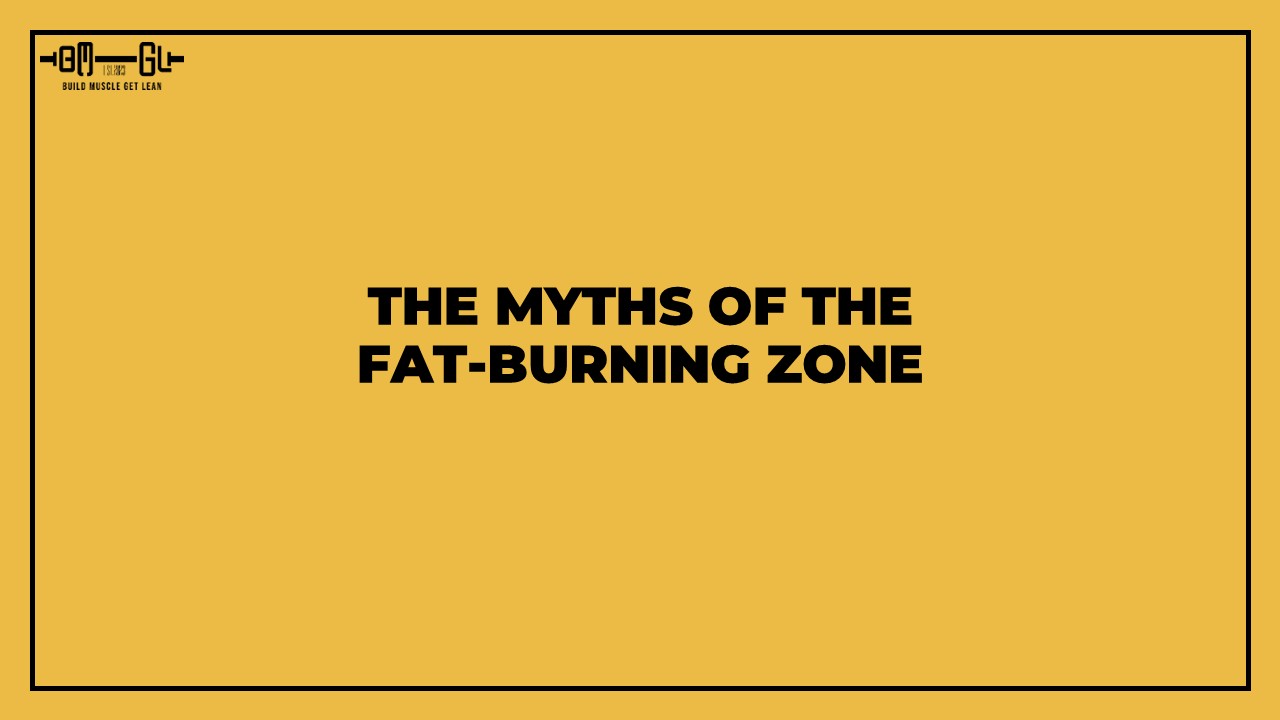Blog
-

The Fat-Burning Zone: What Most People Get Wrong
Read more: The Fat-Burning Zone: What Most People Get WrongWhen it comes to shedding fat, the “fat-burning zone” is one of those fitness buzzwords that gets thrown around a lot. It often causes way more confusion than clarity. Many believe it’s the secret sauce to melting away body fat, but the truth is more nuanced. Let’s break down what the fat-burning zone really is, […]
-

How to Lose 10 Pounds in 10 Weeks (I Did it in 8)
Read more: How to Lose 10 Pounds in 10 Weeks (I Did it in 8)Losing 10 pounds in 10 weeks is a practical, achievable goal that can reshape your body into a leaner, stronger version of yourself. I’m living proof it can happen even faster. Starting at a lean 166 pounds, I dropped to 156.3 pounds in 8 weeks—imagine how much easier it could be if you’re starting heavier. […]
-

How to Reduce Body Fat Percentage from 25 to 15: A 10-Step Plan
Read more: How to Reduce Body Fat Percentage from 25 to 15: A 10-Step PlanWant to reduce your body fat percentage from 25% to 15%? It’s not an realistic goal. It’s an achievable goal that can transform your health, confidence, and physique. At 25%, you might notice excess softness around your waist, hips, or thighs—perfectly normal, but a sign there’s room to lean out. Hitting 15% brings sharper definition, […]
-

The Best Food Tracking App for a Leaner You: Cronometer
Read more: The Best Food Tracking App for a Leaner You: CronometerAmong the many apps on the market, Cronometer stands out as the best food tracking app. In today’s fast‐paced world, managing our nutrition has never been more important—or more challenging. Traditional food diaries have given way to digital solutions that empower us with real‐time insights into our dietary habits. It not only simplifies the process […]
-
How to Calculate Macros for Weight Loss: The Ultimate Guide
Read more: How to Calculate Macros for Weight Loss: The Ultimate GuideIf you’re trying to lose weight while maintaining muscle mass and optimizing performance in the gym, you must know how to correctly calculate your macros for weight loss. Setting up your macronutrients correctly is crucial. In other words, the key to success is not just about being in a calorie deficit. Your must also ensure […]
-

Go from 30% Body Fat to Under 10%: A Step-by-Step Guide
Read more: Go from 30% Body Fat to Under 10%: A Step-by-Step GuideTransforming your body from 30% body fat to under 10% is no small feat. It’s a journey that requires dedication, consistency, and a clear plan. Whether you’re motivated by health, aesthetics, or personal challenge, this guide will walk you through the science-backed steps to shed fat, build muscle, and achieve a lean physique. While the […]
-

Why Can’t I Lose Weight? Understanding the Science
Read more: Why Can’t I Lose Weight? Understanding the ScienceWeight loss comes down to one simple rule: You must put your body in a calorie deficit and keep it there. A calorie deficit happens when you consume fewer calories than your body burns. This forces your body to use stored fat for energy, leading to weight loss. 💡 FACT: If you’re not losing weight, […]
-

How to Figure Out Maintenance Calories: A Complete Guide
Read more: How to Figure Out Maintenance Calories: A Complete GuideBy figuring out your maintenance calories, you can make precise adjustments to either create a caloric deficit (for fat loss) or a surplus (for muscle gain). What Are Maintenance Calories? Maintenance calories refer to the number of calories you need to consume daily to maintain your current weight. This is the point where the energy […]
-

How to Gain Weight? The Complete Guide to Healthy Weight Gain
Read more: How to Gain Weight? The Complete Guide to Healthy Weight GainIntroduction: Understanding Weight Gain Many people search for ways to lose weight, but for others, the challenge is the opposite: how to gain weight? Whether you’re naturally thin, recovering from illness, or looking to build muscle, weight gain requires a strategic approach—not just eating more, but eating smartly. The Basics of Weight Gain At its […]
-

Fat Loss Transformation Expectations in Build Muscle Get Lean
Read more: Fat Loss Transformation Expectations in Build Muscle Get LeanIf you’re looking for a fat loss transformation that helps you get lean while maintaining muscle definition, Build Muscle Get Lean is for you. Technically speaking, this program is designed for men with a body fat percentage above 20% and women above 25% who want to reach leaner levels—below 12% and 17%, respectively. You may […]